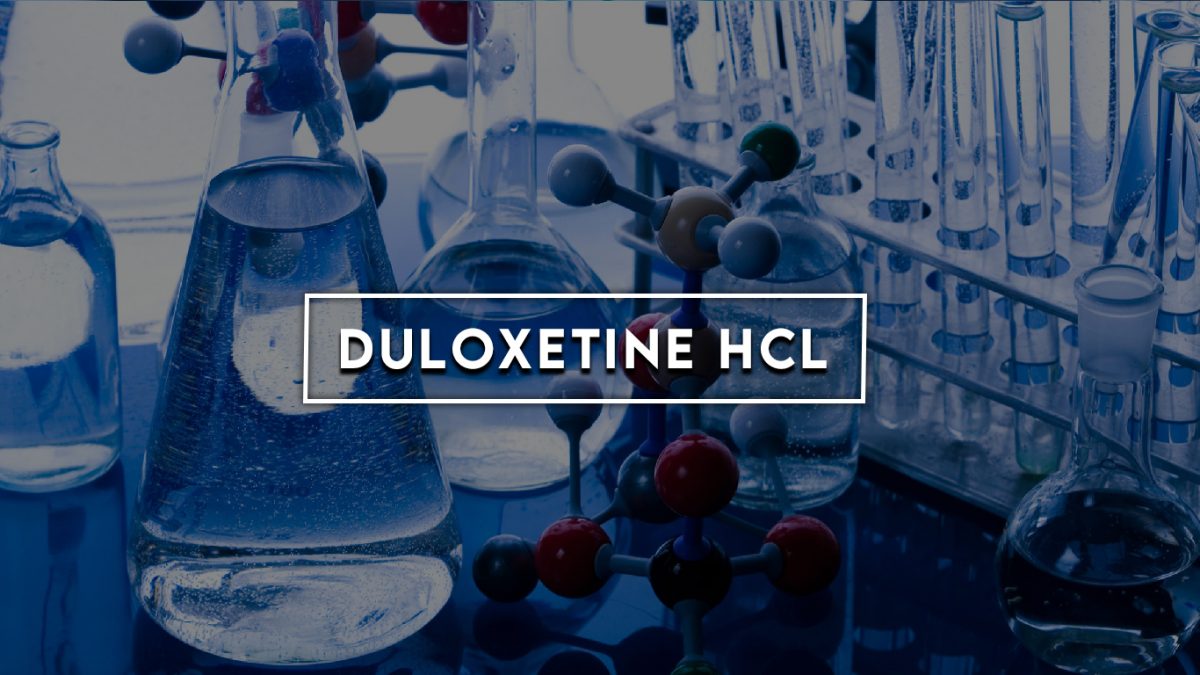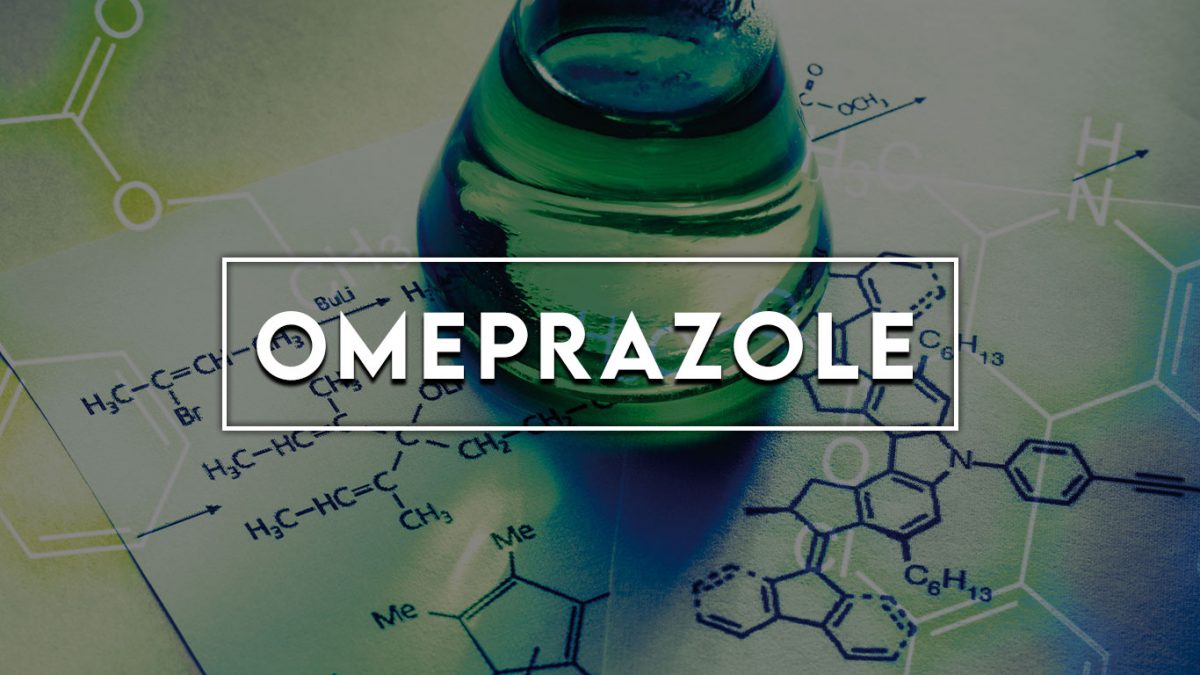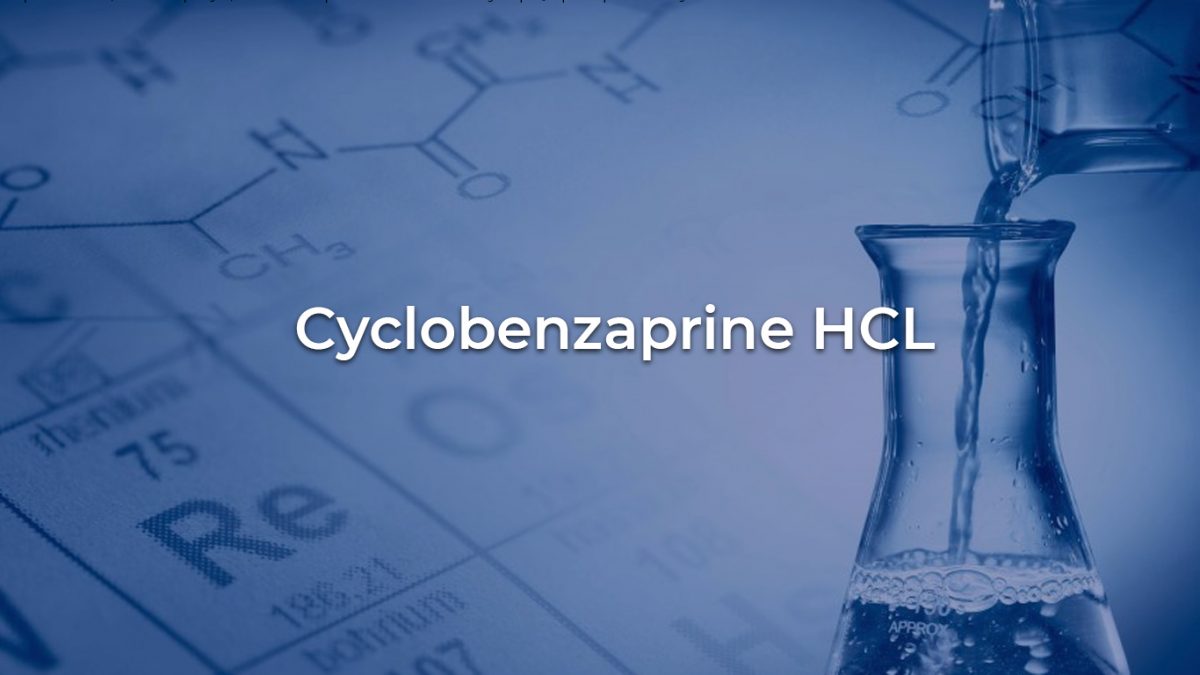Duloxetine Hydrochloric Acid
Overview
Duloxetine hydrochloride is a selective serotonin and norepinephrine reuptake inhibitor (SSNRI) for oral administration. Its chemical designation is (+)-(S)-N-methyl-?-(1-naphthyloxy)-2-thiophenepropylamine hydrochloride. The empirical formula is C18H19NOS•HCl. Duloxetine hydrochloride is a white to slightly brownish white solid, which is slightly soluble in water.
Primary Characteristics
Duloxetine Hydrochloride is of Synthetic origin. . The Molecular Weight of Duloxetine Hydrochloride is 333.90. It is weakly alkaline drug.
Indications
Indicated for:
1) Management of Major Depressive Disorder.
2) Management of Generalized Anxiety Disorder.
3) Management of diabetic peripheral neuropathy.
4) Management of fibromyalgia.
5) Management of chronic musculoskeletal pain.
6) Management of osteoarthritis of the knee in adults.
7) Management of chronic lower back pain in adults.
8) Management of stress urinary incontinence in adult women.
Off-label uses include:
1) Management of chemotherapy-induced peripheral neuropathy.
2) Management of stress urinary incontinence in adult men after prostatectomy until recovery is complete.
Pharmacodynamics
Duloxetine, through increasing serotonin and norepinephrine concentrations in Onuf’s nucleus, enhances glutamatergic activation of the pudendal motor nerve which innervates the external urethral sphinter. This enhanced signaling allows for stronger contraction. Increased contraction of this sphincter increases the pressure needed to produce an incontinence episode in stress urinary incontinence. Duloxetine has been shown to improve Patient Global Impression of Improvement and Incontinence Quality of Life scores. It has also been shown to reduce the median incontinence episode frequency at doses of 40 and 80 mg.
Action at the dorsal horn of the spinal cord allows duloxetine to strengthen the the serotonergic and adrenergic pathways involved in descending inhibition of pain. This results in an increased threshold of activation necessary to transmit painful stimuli to the brain and effective relief of pain, particularly in neuropathic pain. Pain relief has been noted in a variety of painful conditions including diabetic peripheral neuropathy, fibromyalgia, and osteoarthritis using a range of pain assessment surveys. While duloxetine has been shown to be effective in both animal models of mood disorders and in clinical trials for the treatment of these disorders in humans, the broad scope of its pharmacodynamic effects on mood regulation in the brain has yet to be explained.
Mechanism of action
Duloxetine is a potent inhibitor of neuronal serotonin and norepinephrine reuptake and a less potent inhibitor of dopamine reuptake. Duloxetine has no significant affinity for dopaminergic, adrenergic, cholinergic, histaminergic, opioid, glutamate, and GABA receptors.
Action on the external urinary sphincter is mediated via duloxetine’s CNS effects. Increased serotonin and norepinephrine concentrations in Onuf’s nucleus leads to increased activation of 5-HT2, 5-HT3, and ?1 adrenergic receptors. 5-HT2 and ?1 are both Gq coupled and their activation increases the activity of the inositol trisphosphate/phospholipase C (IP3/PLC) pathway. This pathway leads to release of intracellular calcium stores, increasing intracellular calcium concentrations, and facilitating neuronal excitability. 5-HT3 functions as a ligand-gated sodium channel which allows sodium to flow into the neuron when activated. Increased flow of sodium into the neuron contributes to depolarization and activation of voltage gated channels involved in action potential generation. The combined action of these three receptors contributes to increased excitability of the pudendal motor nerve in response to glutamate
Duloxetine side effects
The severe or irreversible adverse effects of Duloxetine Hydrochloride, which give rise to further complications include Hyponatremia, Hyponatremia.
The symptomatic adverse reactions produced by Duloxetine Hydrochloride are more or less tolerable and if they become severe, they can be treated symptomatically, these include Weakness, Thirst, Fatigue, Nausea, Vomiting, Diarrhea, Constipation, Insomnia, Sweating, Blurred vision, Pruritus, Lethargy, Dyspepsia, Weight gain, Somnolence, Tremor, Sexual dysfunction, Syncope, Decrease in libido, dyspepsia.










